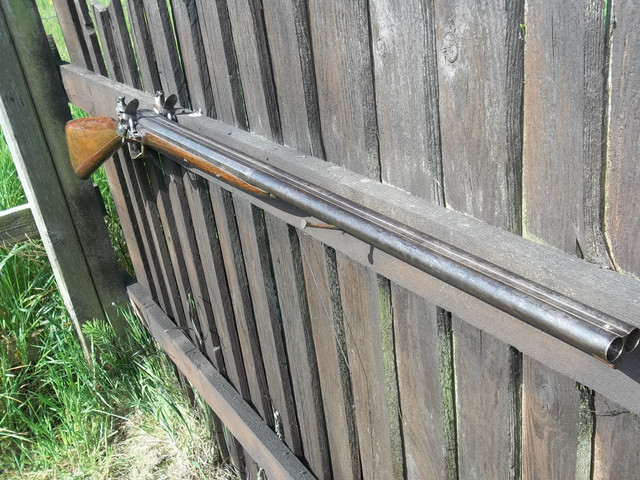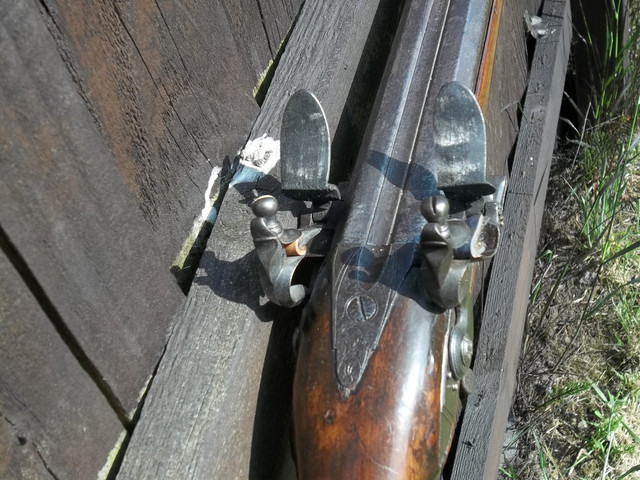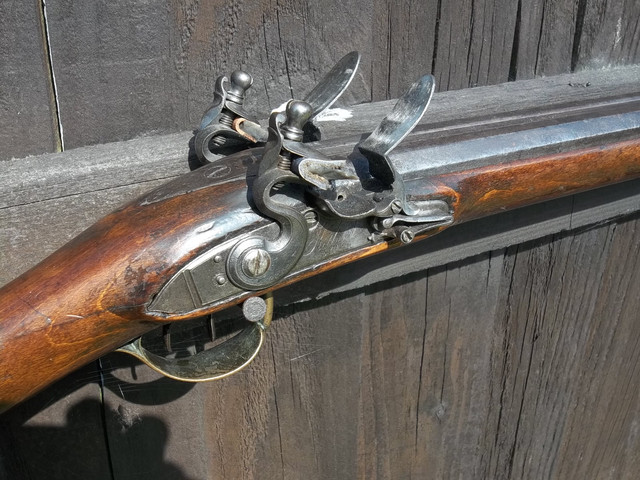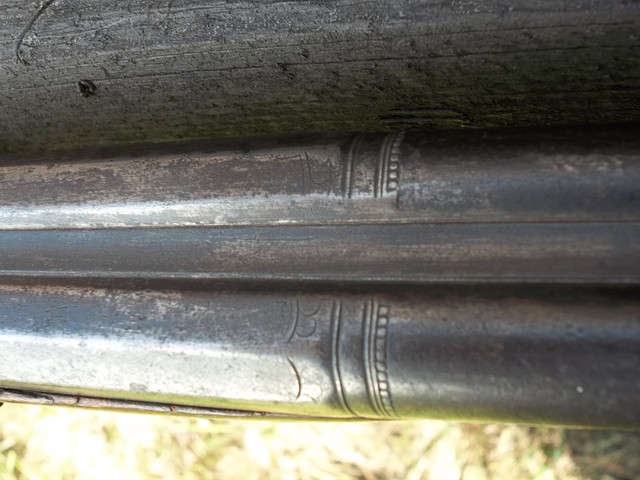Another one from the Smithsonian...maybe it'll gen up as much controversy as the Newtown musket. This one looks post-1800 but not sure about what, when or who. Any thoughts? :wink:
http://nmnh.typepad.com/.a/6a01156e4c2c3d970c01bb08c2c0a9970d-800wi
Probably militia but that's a wide swath.
http://nmnh.typepad.com/.a/6a01156e4c2c3d970c01bb08c2c0a9970d-800wi
Probably militia but that's a wide swath.
Last edited by a moderator:










